By Lieutenant Colonel Dominic J. Caraccilo
Acclaimed historian Martin Blumenson’s new book is Heroes Never Die: Warriors and Warfare in World War II, 50 articles and essays on WW II spanning the likes of Anzio, successful but often overlooked corps commanders,George Patton, generalship, and notably, the first Ranger commander, Colonel William O. Darby. Blumenson, author of The Patton Papers, Anzio, Kasserine Pass, The Duel of France, and 1944 has compiled Heroes Never Die (Cooper Square Press, New York, NY, 644 pp.; $32.00 hardcover) with a thorough understanding of both the highest level of command and a foot soldier’s experience of combat. “In this age of atomic weapons and missiles, World War II seems so remote as to belong to a distant epoch, and many soldiers appear to have relegated that experience to oblivion,” he writes. But he adds, “Heroism is never out of date.” Thus, the genesis of this book.
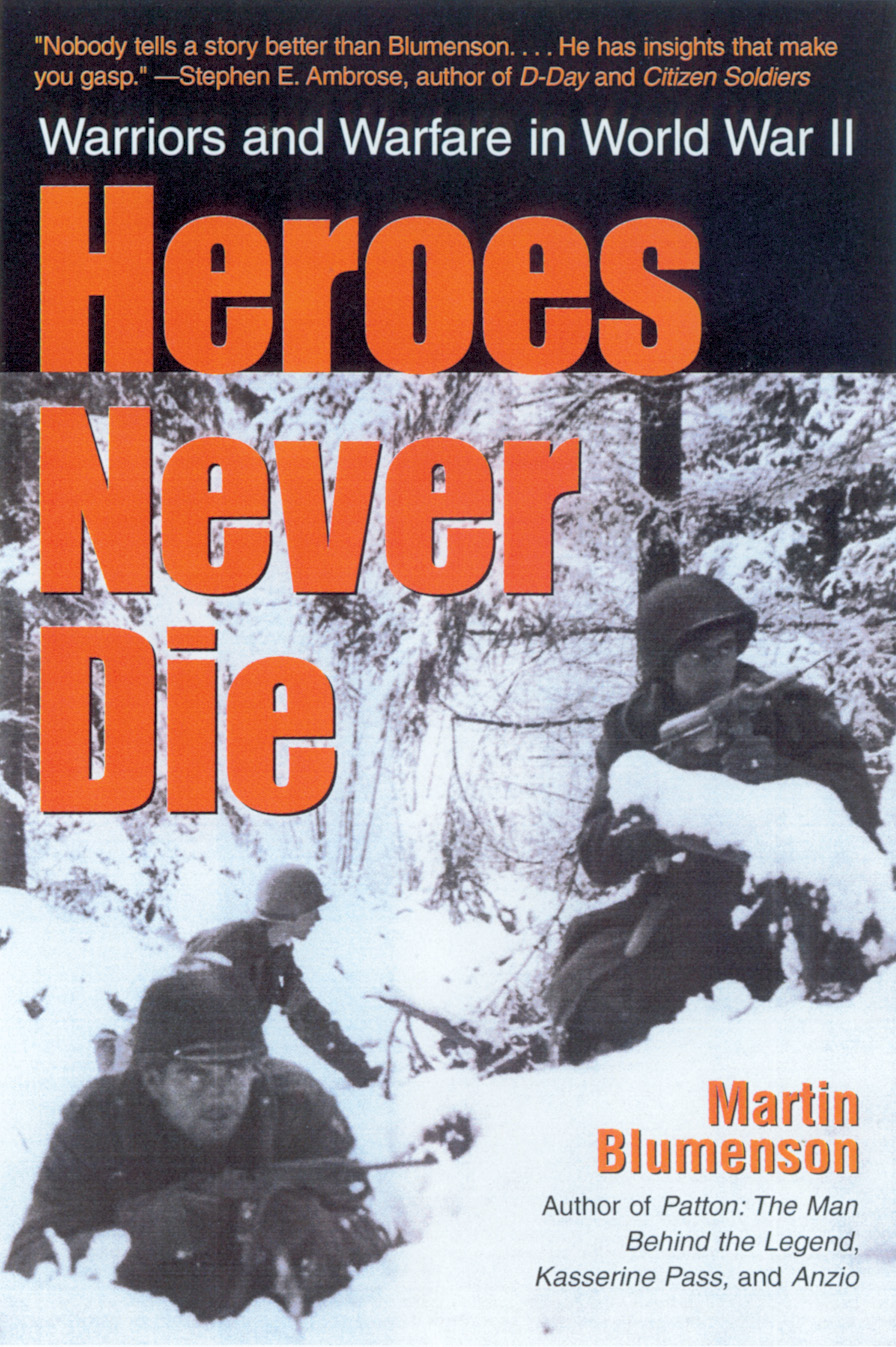 Heroes Never Die revives the victors led by the likes of Eisenhower, Bradley, and Montgomery as well as the opponents led by Axis generals like Erwin Rommel. Written over almost 50 years, the book conveys the warrior spirit, the relationships forged by war, and how leaders inspired others to perform. With a keen eye on multiple facets of battle, including failure as it affected broader outcomes, Blumenson provides a full analysis of World War II combat. Now 60 years in the past, Blumenson laments that “we have … largely forgotten the war, its turmoil, progress, turning points, glory and grief.” He counters the memory loss.
Heroes Never Die revives the victors led by the likes of Eisenhower, Bradley, and Montgomery as well as the opponents led by Axis generals like Erwin Rommel. Written over almost 50 years, the book conveys the warrior spirit, the relationships forged by war, and how leaders inspired others to perform. With a keen eye on multiple facets of battle, including failure as it affected broader outcomes, Blumenson provides a full analysis of World War II combat. Now 60 years in the past, Blumenson laments that “we have … largely forgotten the war, its turmoil, progress, turning points, glory and grief.” He counters the memory loss.
Three of Blumenson’s essays have heretofore never been published. One offers a fresh insight into the intrigue of Patton, another the loyalties associated with German General von Rundstedt, and the third a personal experience Blumenson had with the notorious Audie Murphy. The others have been published in magazines or previous Blumenson volumes.
Having worked briefly for General George Patton, the plenitude of Patton-related essays is understandable and has no impact on the intrinsic diversity of topics presented in this work. But his general message and one that he gets across with style in Heroes Never Die is that “heroism is never out of date.”
Recent and Recommended
 The First World War, Volume I: To Arms by Hew Strachan, Oxford University Press, New York, NY, 2001, 1,227 pp., maps, notes, bibliography, and index, $39.95 hardcover
The First World War, Volume I: To Arms by Hew Strachan, Oxford University Press, New York, NY, 2001, 1,227 pp., maps, notes, bibliography, and index, $39.95 hardcover
Professor Hew Strachan is a former head of the Glasgow University’s Department of War Studies and current Chichele Chair Holder at Oxford University. The First World War, Volume I: To Arms is his opening volume of the first truly definitive history of the Great War. Drawing on C.R.M.F. Cruttwell and Liddell Hart, and combining historical narratives with what he calls the relevance gained by writing after the end of the Cold War, Strachan orchestrates a historical depiction of the Great War.
Strachan grafts an already well developed military understanding of the war with what he calls its “nonmilitary aspects.” He provides extensive treatment of the economic and social components as a broad backdrop for a menagerie of military events. He also presumes a relatively sophisticated reader.
There is little doubt in my mind that The First World War and its subsequent volumes are going to be the definitive overall account of World War I for years to come.
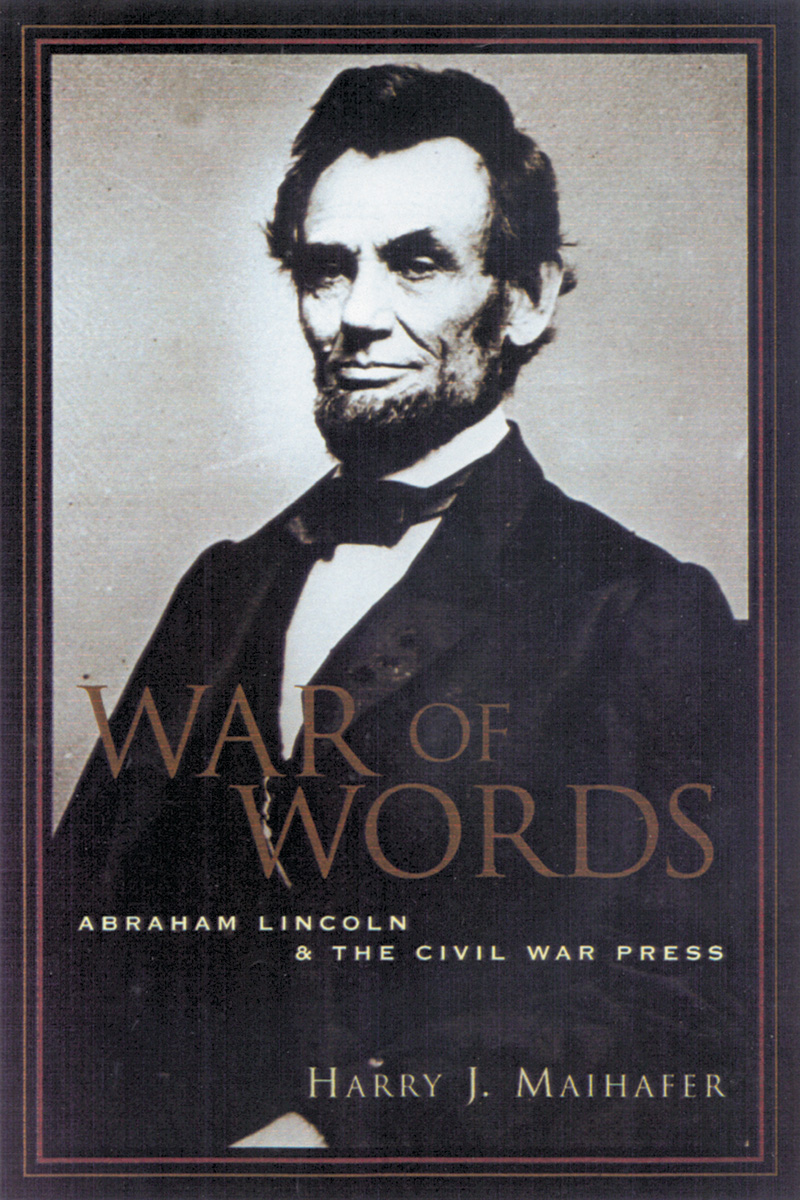 War of Words: Abraham Lincoln and the Civil War Press by Harry Maihafer, Brassey’s, Inc., Dulles, Va., 2001, 320 pp., notes, bibliography, index, $27.50 hardcover
War of Words: Abraham Lincoln and the Civil War Press by Harry Maihafer, Brassey’s, Inc., Dulles, Va., 2001, 320 pp., notes, bibliography, index, $27.50 hardcover
War of Words highlights the interplay between President Abraham Lincoln and the media during the Civil War. West Point graduate, retired Army Colonel, and established author Harry J. Maihafer posits that President Lincoln well recognized the power of the press. In his view, Lincoln was keenly aware that whereas only a relative few could hear his speeches when delivered, millions could absorb their message by reading them in newspapers.
Realizing this potential venue for public relations, Lincoln mastered the 19th-century media by successfully wooing numerous prominent newspapermen into aiding his agenda. A consummate politician and an advocate of the free press, Lincoln’s political genius was revealed in part by his ability to sway public opinion through the use of the media.
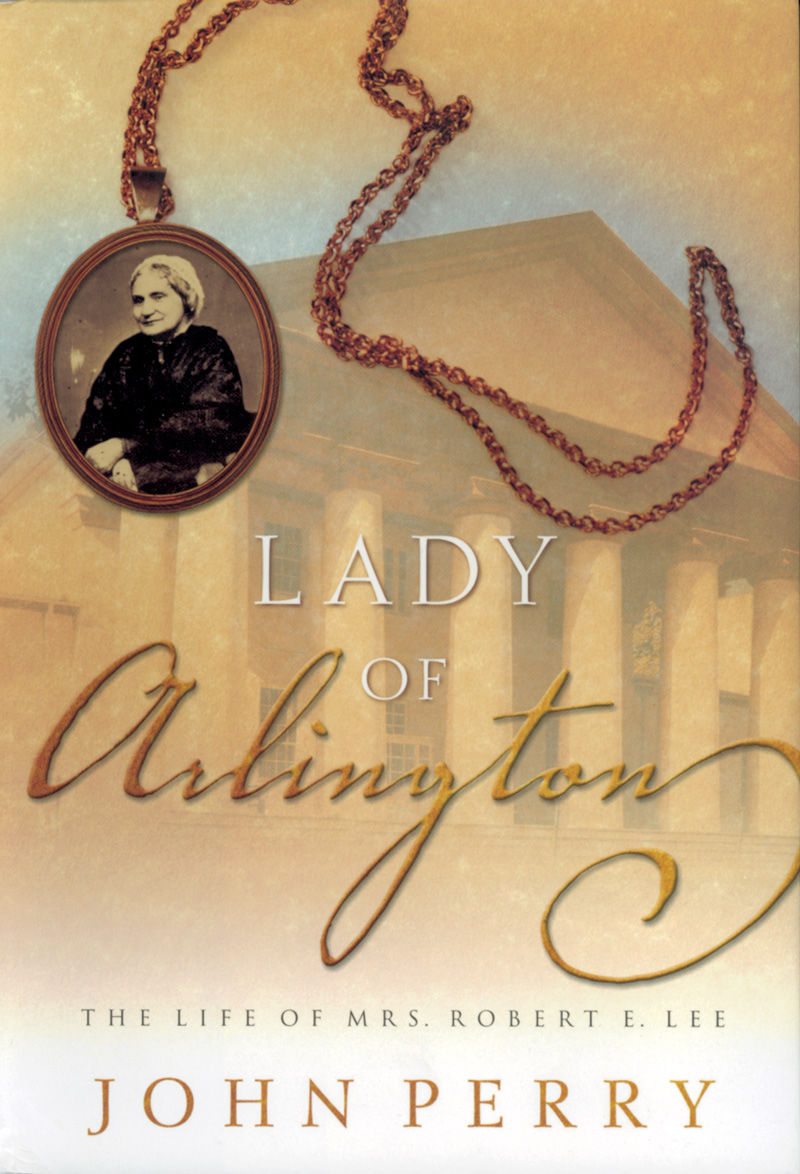 Lady of Arlington: The Life of Mrs. Robert E. Lee by John Perry, Multnomah Books, Sisters, Ore., 2001, 380 pp., illustrations, photographs, notes, bibliography, notes, $19.99 hardcover
Lady of Arlington: The Life of Mrs. Robert E. Lee by John Perry, Multnomah Books, Sisters, Ore., 2001, 380 pp., illustrations, photographs, notes, bibliography, notes, $19.99 hardcover
Multomah Press delivers a groundbreaking biography of an often overlooked and, more often than not, misunderstood heroine of the Civil War Era: Mary Custis Lee. Much is known of her famous husband, Robert E. Lee, and the husband of her great-grandmother, Martha Washington, but few people today know much about Mary Lee, wife, mother, daughter, and lady of Arlington House.
Author John Perry chronicles the life of this devout American woman, wife of the Confederate military commander. Chronically ill and often in excruciating pain, Mary trusted God as she raised her seven children, faithfully witnessing to her husband for years before his conversion and, later, his confirmation in the Anglican Church. During the Civil War, she was instrumental in negotiating the release of her family from house arrest and her son from a prisoner-of-war camp. Later, she retained her dignity and faith throughout a fruitless, heartbreaking attempt to win compensation for the confiscation of her home and valuables.
Perry includes never before transcribed excerpts from Mary’s private diary that bring to life a compelling role model whose faith in mankind and God will encourage and enlighten readers. In the end, the reader is convinced that Mrs. Robert E. Lee was every bit as strong as her Confederate husband was.
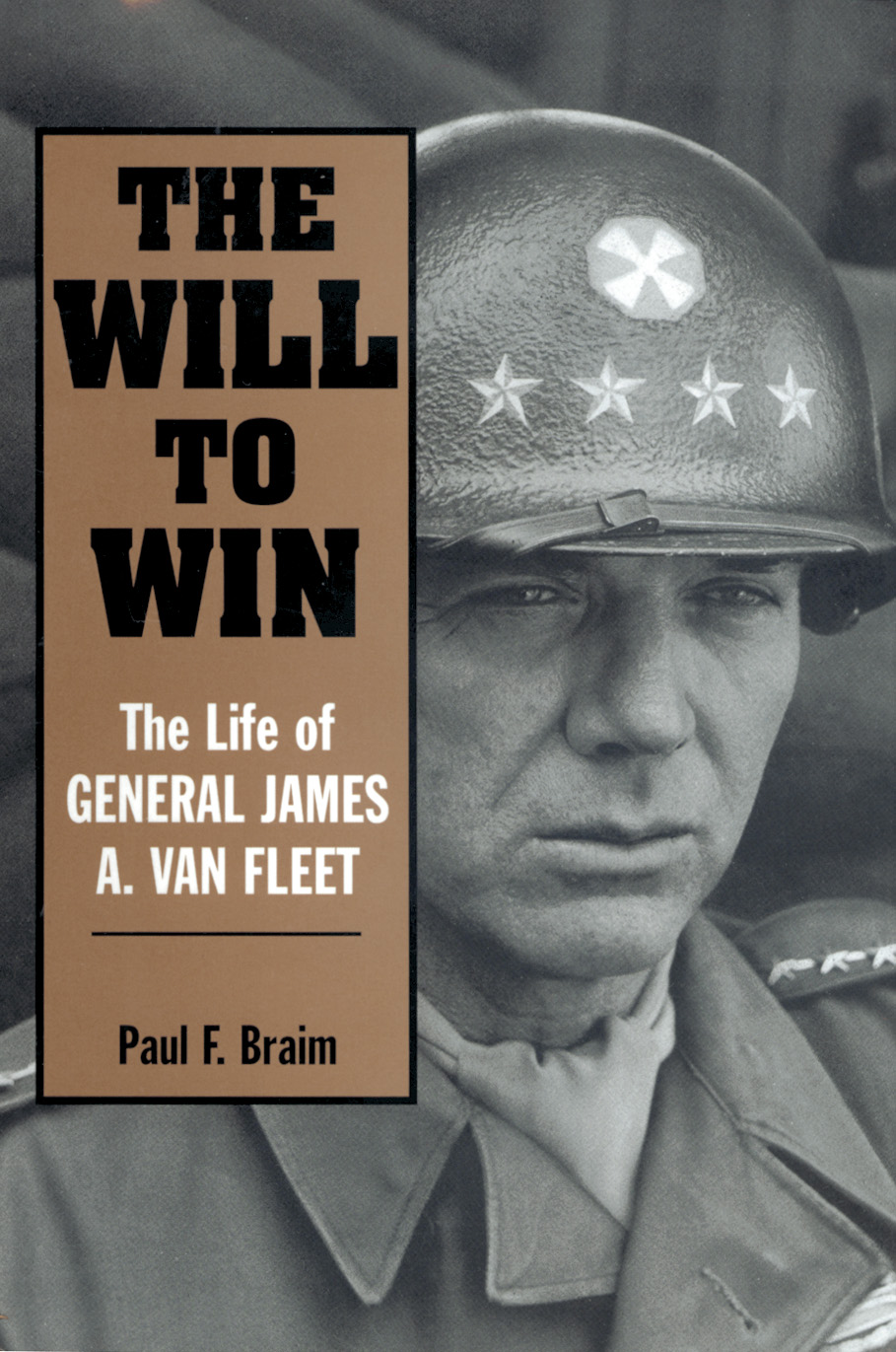 The Will to Win: The Life of General James A. Van Fleet by Paul F. Braim, Naval Institute Press, Annapolis, Md., 2001, 419 pp., maps, photographs, notes, bibliography, and index, $42.50 hardcover
The Will to Win: The Life of General James A. Van Fleet by Paul F. Braim, Naval Institute Press, Annapolis, Md., 2001, 419 pp., maps, photographs, notes, bibliography, and index, $42.50 hardcover
Harry Truman called James Van Fleet “the nation’s greatest combat general.” In this well-written biography, author Paul F. Braim, a professor of history at American Military University and professor emeritus of Embry Riddle University, has provided testimony that Truman was correct. Van Fleet led American and Allied forces to battlefield victory during a career that spanned World War I and the Cold War. Braim, who once commanded a rifle company under Van Fleet in Korea, tells the legendary leader’s unique story.
Van Fleet, a member of the famous West Point class of 1915, was exceptionally devoted to his men. While he often stood in the shadow of the more flamboyant World War II personalities of Patton and MacArthur, Van Fleet was a solid combat leader and, as a four-war soldier reaching the rank of four-star general, deserves the accolades often warranted for the best.
Braim describes Van Fleet’s ability to inspire his men with the will to win in every war that embroiled him. This is a long overdue biography.
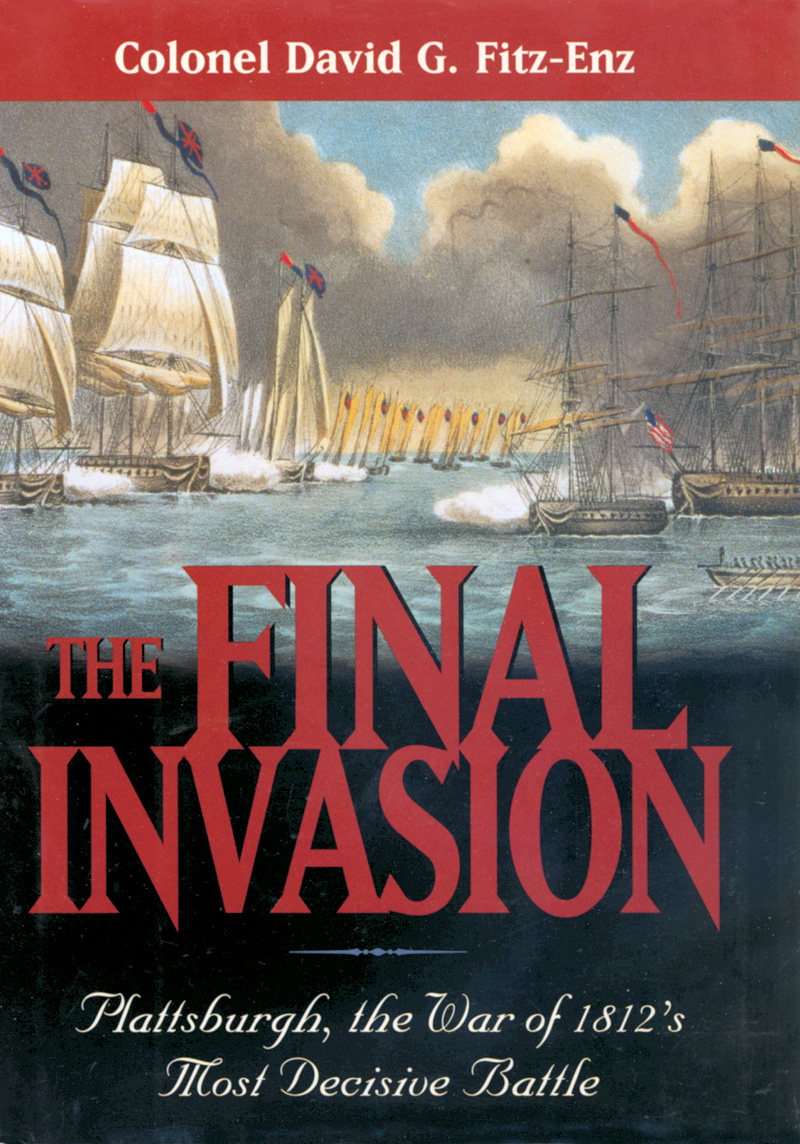 The Final Invasion: Plattsburgh, the War of 1812’s Most Decisive Battle by Colonel David G. Fitz-Enz, Cooper Square Press, New York, NY, 2001, 269 pp., maps, photographs, notes, bibliography, and index; $28.95 hardcover
The Final Invasion: Plattsburgh, the War of 1812’s Most Decisive Battle by Colonel David G. Fitz-Enz, Cooper Square Press, New York, NY, 2001, 269 pp., maps, photographs, notes, bibliography, and index; $28.95 hardcover
A newly found diary of Sir George Prevost, the British lieutenant general in command of the nearly 15,000 veteran British troops that invaded the United States via New York in September 1814, is the genesis of Colonel David G. Fitz-Enz’s newest book. Fitz-Enz is a retired Army officer who continually provides well-researched and relevant books.
A major event in both America’s history and the European wars of the 19th century, the Battle of Plattsburgh saw the largest invasion ever of a foreign military into the United States. The British army and navy, fresh from victories against Napoleon, attempted to conquer Lake Champlain and its shores. Their plan was to seize control of key waterways and port cities, a move that would cripple America’s defenses. Outnumbered and outgunned, the U.S. land and sea forces fought the British ships and troops to a standstill, allowing the leader of the American fleet, Lieutenant Thomas Macdonough, to carry out a brilliant maneuver that ensured an American victory.
Fitz-Enz’s research has produced illuminating documents, including diaries and secret battle orders, revealing new insights into the battle. This is one of the best books on the War of 1812 currently available.
In Brief
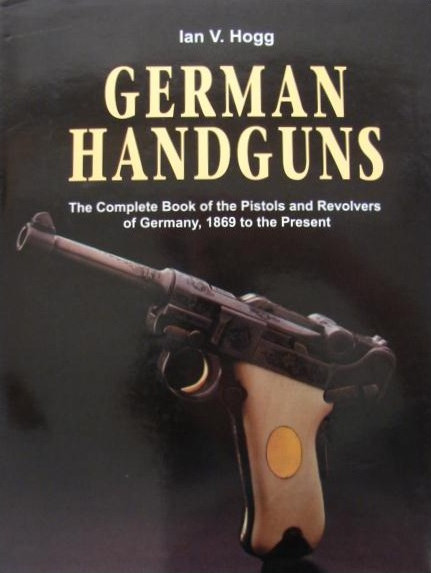
German Handguns: The Complete Book of the Pistols and Revolvers of Germany, 1869 to the Present by Ian V. Hogg, Greenhill (Stackpole Books) Mechanicsburg, Pa., 2001, 319 pp., photographs, appendices, $49.95 hardcover.
The American Arsenal: The World War II Official Standard Ordnance Catalog of Small Arms, Tanks, Armored Cars, Artillery, Antiaircraft Guns, Ammunition, Grenades, Mines, etcetera, introduction by Ian V. Hogg, Greenhill (Stackpole Books) Mechanicsburg, Pennsylvania, 2001, 384 pages, illustrations, photographs, appendices, $29.95 softcover.
Submachine Guns by Ian V. Hogg, Greenhill (Stackpole Books) Mechanicsburg, Pa., 2001, 144 pp., photographs, illustrations, tables, $24.00 hardcover.
A four-volume set of books that should be welcomed by adamant gun collectors and armament historians is offered this year by Greenhill Press, an authoritative publisher of weapons reference manuals.
A gun enthusiast and respected authority on all aspects of military equipment, Hogg catalogs a comprehensive list of weapons used by the United States in World War II in his American Arsenal. The work is basically composed of copies of original documents defining the armaments, including ammunition and mines.
Hogg’s companion pieces Small Arms: Pistols and Rifles and Submachine Guns provide handy reference guides replete with detailed descriptions, technical specifications and illustrations of over a hundred weapons. In German Handguns, Hogg once again is thorough in offering descriptions and photographs of some of the most prestigious of handguns from a country that knew well how to craft them.
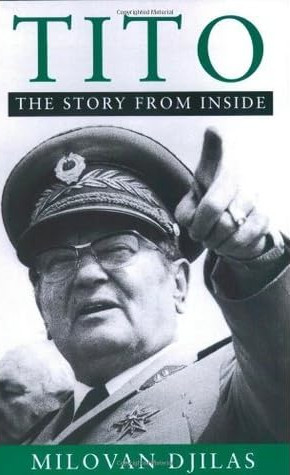 Tito: The Story from Inside by Milovan Djilas, Phoenix Press, London, 2000, 185 pp., photographs, biographical notes, $19.95 softcover.
Tito: The Story from Inside by Milovan Djilas, Phoenix Press, London, 2000, 185 pp., photographs, biographical notes, $19.95 softcover.
This book chronicles the life of communist leader Josip Broz Tito. Author Milovan Djilas was a Red party leader for Tito before and during World War II and the eventual vice president of Yugoslavia until he broke with the regime in 1954. Despite his communist background, the author provides a well-balanced literary study of the “interlocking process” by which Tito’s reign was formed. This is a book about power and its ability to ruin a nation. It is also a good primer on the history of Yugoslavia and a great background read for those interested in the origin of the difficulties in the Balkans today.
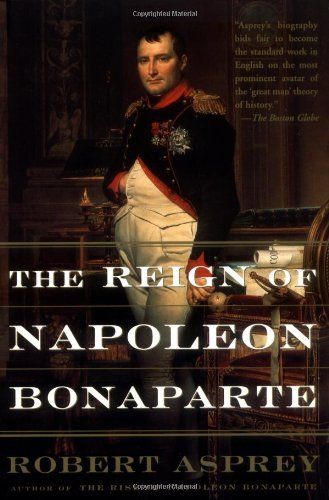 The Reign of Napoleon Bonaparte by Robert Asprey, Basic Books, New York, NY, 2001, 480 pp., photographs, illustrations, maps, notes, bibliography, index, $35.00 hardcover.
The Reign of Napoleon Bonaparte by Robert Asprey, Basic Books, New York, NY, 2001, 480 pp., photographs, illustrations, maps, notes, bibliography, index, $35.00 hardcover.
In the second part of his two volumes on the life of Napoleon Bonaparte, military historian Robert Asprey follows the emperor’s armies through Spain, Russia, and final defeat at Waterloo.
A former U.S. marine officer, Asprey is a two-war veteran, an accomplished strategist, and author of numerous books. While other Napoleonic era books do a better job of treating Napoleon as a political being, Asprey’s is one of the better recent books on Napoleon as a general.
War, Technology, and Experience Aboard the USS Monitor by David A. Mindell, The Johns Hopkins University Press, Baltimore, Md., 2000, 187 pp., illustrations, maps, photographs, notes, bibliography, and index, $14.95 softcover, $35.00 hardcover.
Associate professor of History of Engineering and Manufacturing at MIT David Mindell explores how the 1862 ironclad warship Monitor grew from idea to working vessel.
Mindell offers a robust study of the sociological and industrial impact the “iron coffin” had on the sailors “fighting blindly below the waterline.” It promises to be one of those small classics in the history of technology that sets a new standard for how the core questions of the field are framed and addressed.
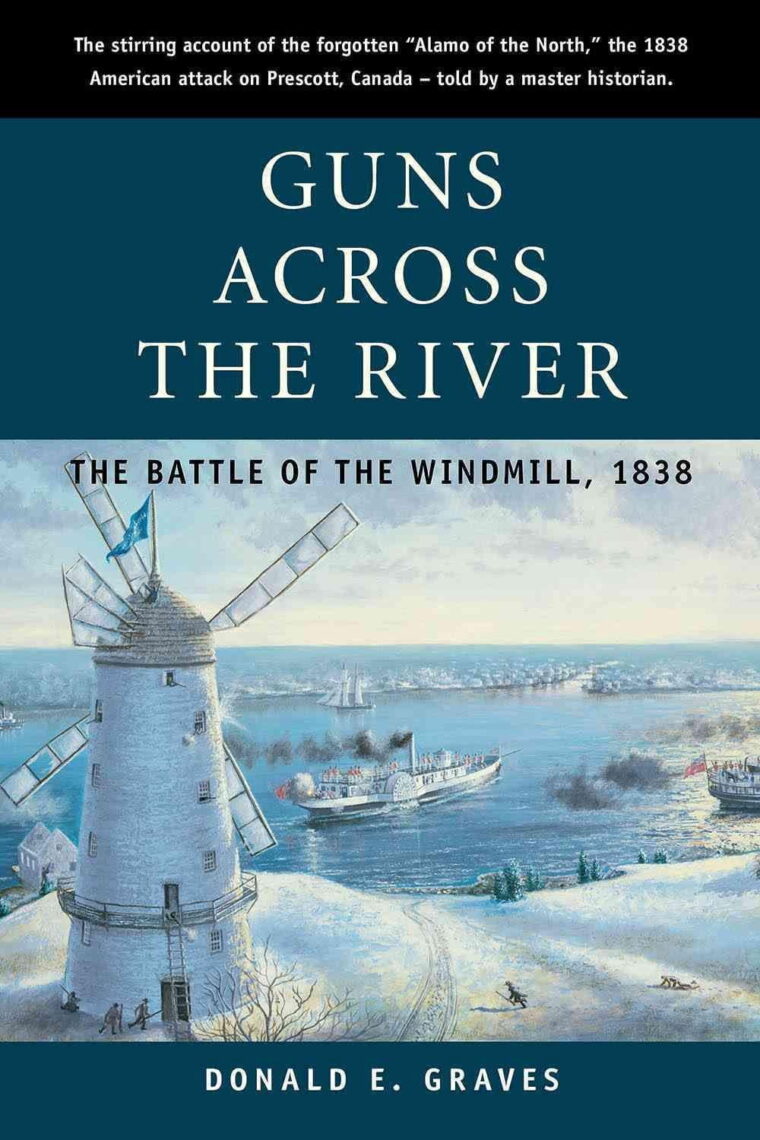 Guns Across the River: The Battle of the Windmill, 1838 by Donald E. Graves, The Friends of Windmill Point, Ontario, Canada, 2001, 263 pp., photographs, maps, notes, bibliography, and index, $19.95 softcover.
Guns Across the River: The Battle of the Windmill, 1838 by Donald E. Graves, The Friends of Windmill Point, Ontario, Canada, 2001, 263 pp., photographs, maps, notes, bibliography, and index, $19.95 softcover.
Seeing political turbulence in Canada in 1838, members of a clandestine Canadian/ American organization called Patriot Hunters launched a series of attacks across the international border in a desperate hope to mirror what Davey Crockett and Jim Bowie accomplished in northern Mexico two years prior, that is, wrest territory away from its traditional government.
Author Donald Graves concentrates on the long forgotten 1838 Battle of the Windmill while spinning out the full story of the undeclared war of which it was a part. This locally produced book is an attractive addition to the rich history shared by the United State and Canada.
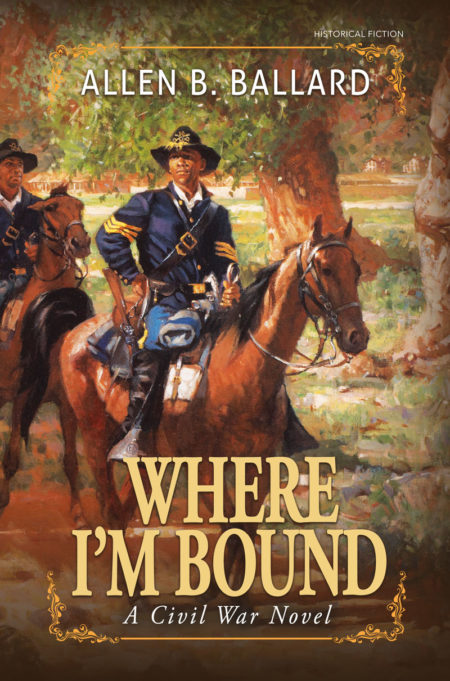 Where I’m Bound by Allen B. Ballard, Scribner, New York, NY, 2001, 316 pp., $14.00 softcover.
Where I’m Bound by Allen B. Ballard, Scribner, New York, NY, 2001, 316 pp., $14.00 softcover.
This is an historically enriched and powerful novel extolling the long-neglected contributions and heroics of black soldiers during the U.S. Civil War. Factually grounded in the military campaigns of the 3rd U.S. Colored Cavalry, Where I’m Bound fictionalizes for the first time the experiences of an African-American regiment in the Union Army.
The main character is a Sergeant Joe Duckett, an escaped slave turned soldier who serves proudly and with distinction as an enlisted man in the Union army. It’s well written and pays due tribute to some 180,000 men who served resolutely in more than 160 regiments during the War Between the States.
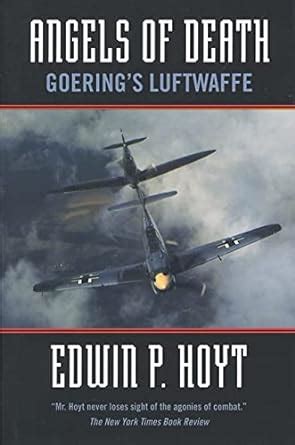 Angels of Death: Goering’s Luftwaffe by Edwin P. Hoyt, Forge Books, New York, NY, 2001 edition, bibliographic notes and index, $14.95 softcover.
Angels of Death: Goering’s Luftwaffe by Edwin P. Hoyt, Forge Books, New York, NY, 2001 edition, bibliographic notes and index, $14.95 softcover.
The prolific and popular Edwin P. Hoyt’s latest work is a study of Hermann Goering and his Luftwaffe, the most feared weapon in Hitler’s arsenal. Hoyt’s analysis emphasizes Goering’s fall from decent man to militarist corrupted by the opportunity of power.
Goering was an early supporter of Adolf Hitler, providing access to the affluent circles into which upstart National Socialists could not hope to be admitted on their own. In return, Hitler gave him high-profile posts, eventually the vaunted Luftwaffe. Always candid and often controversial, any book written by Hoyt is worth a read.
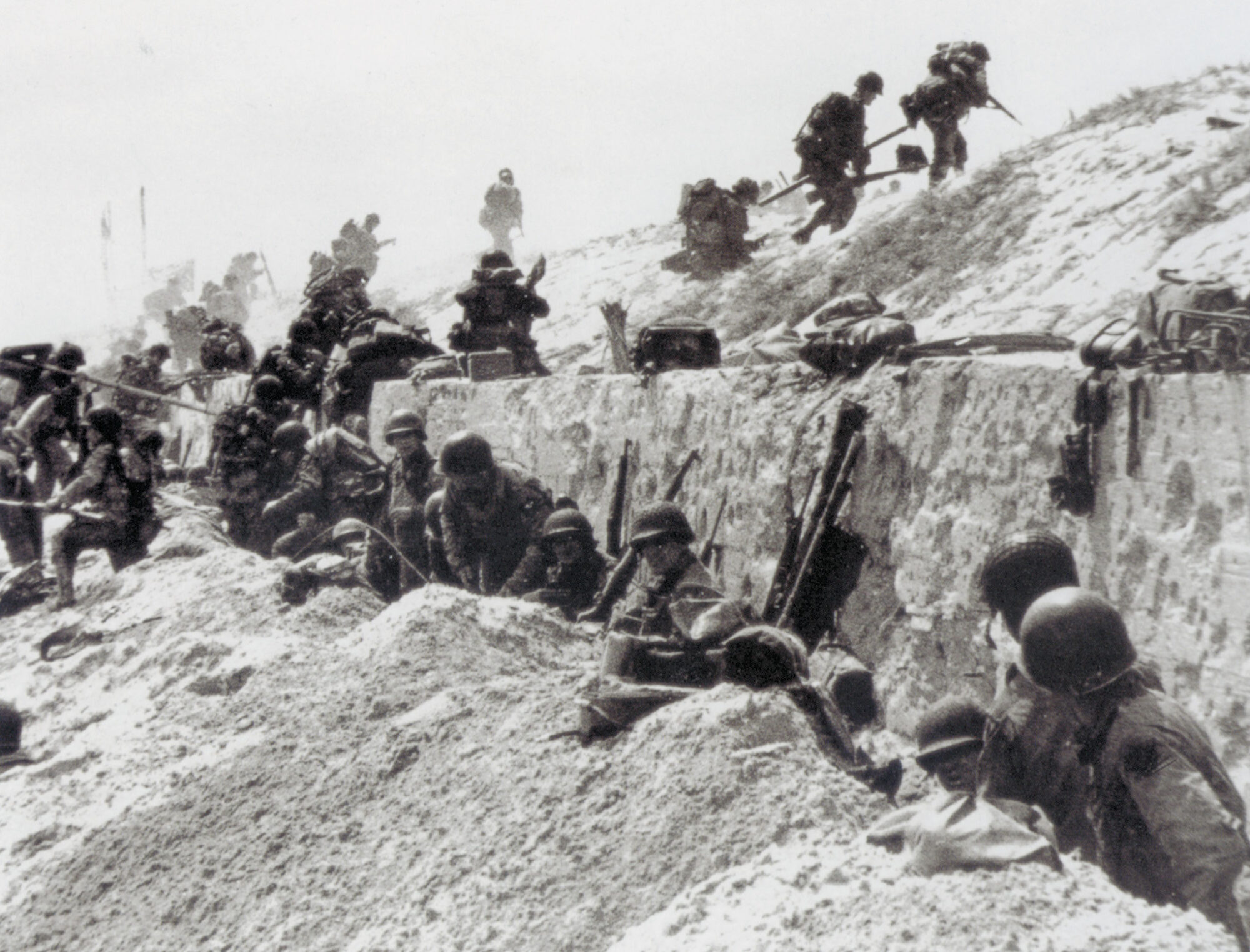

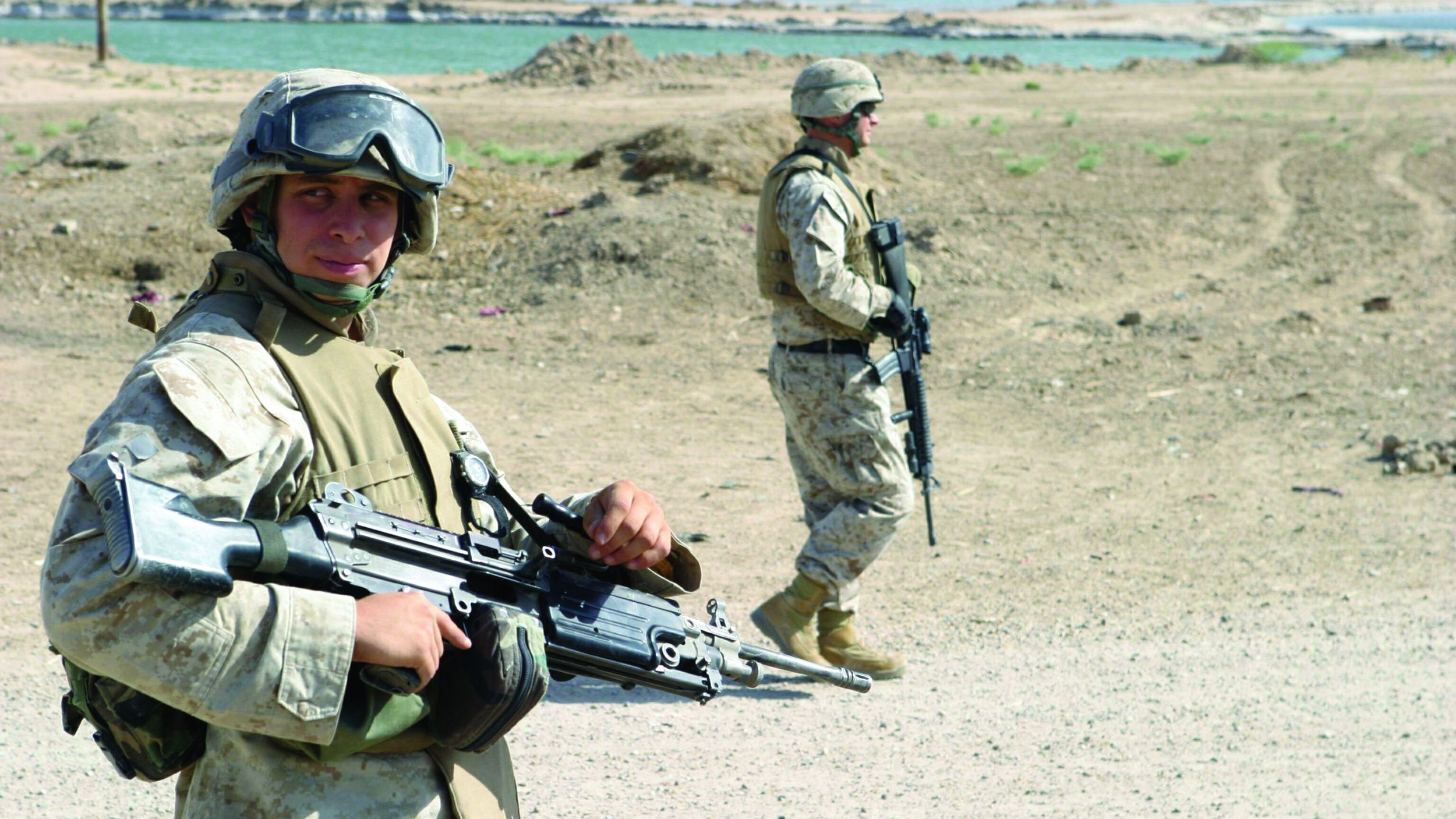
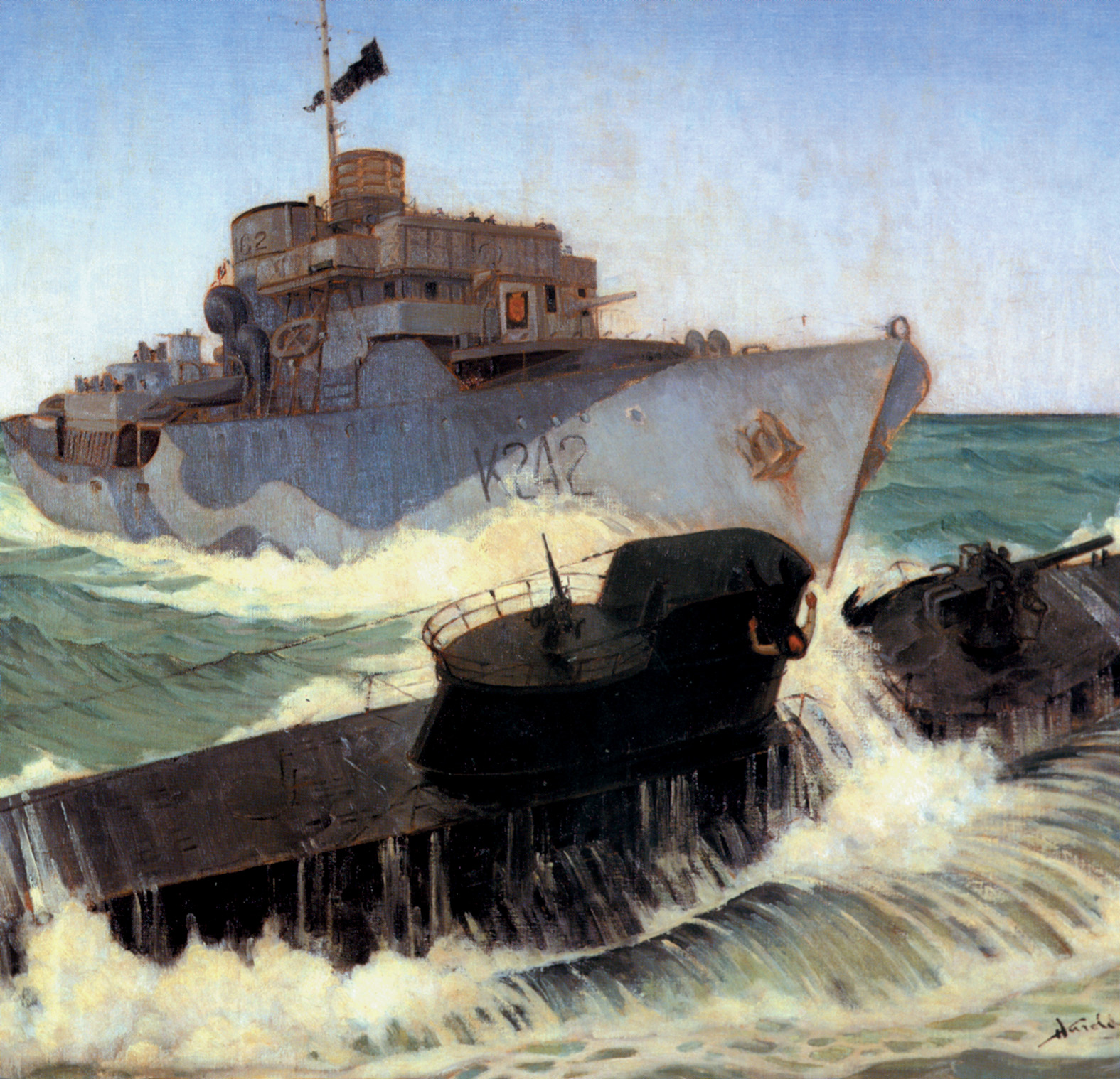

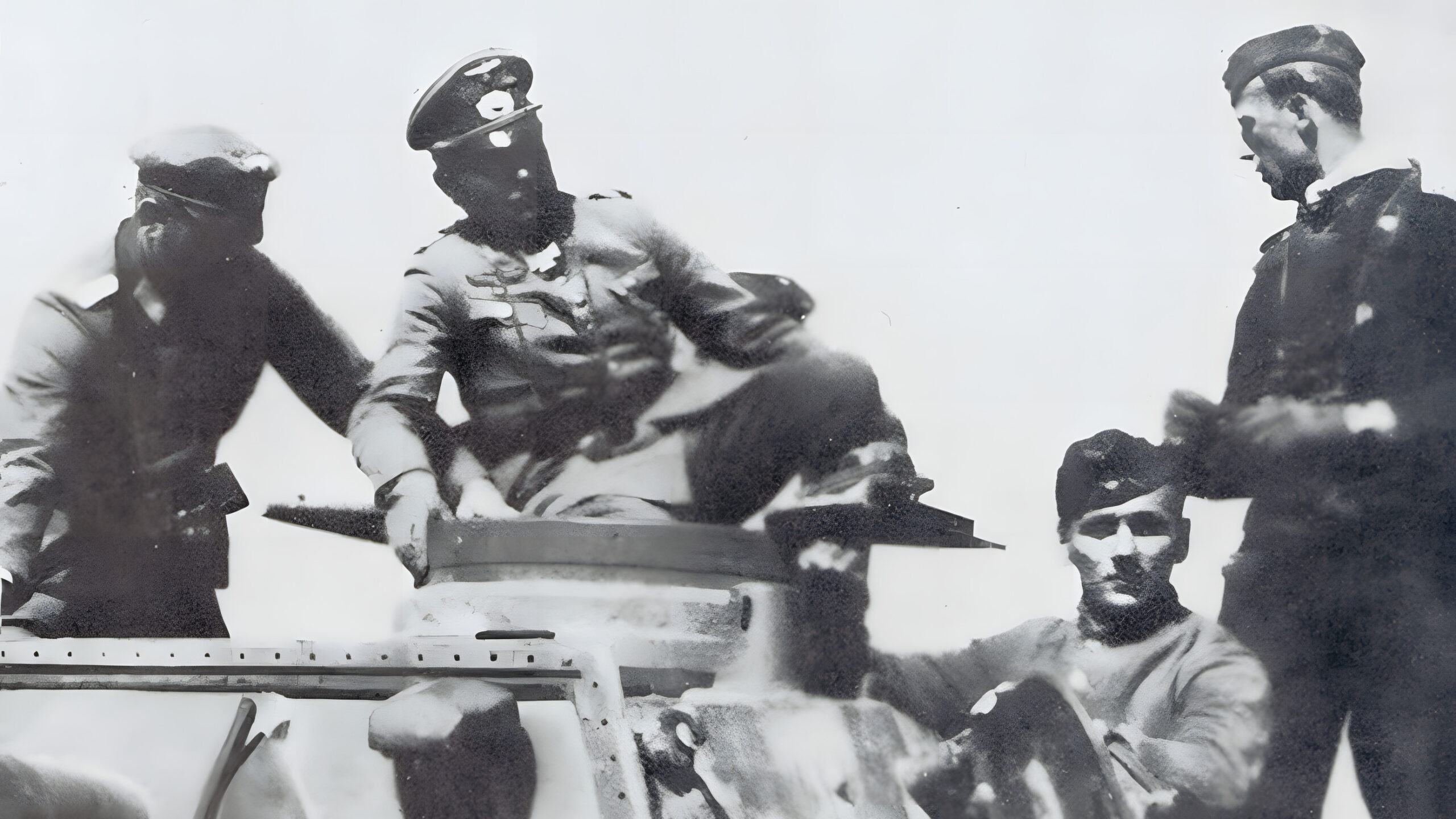
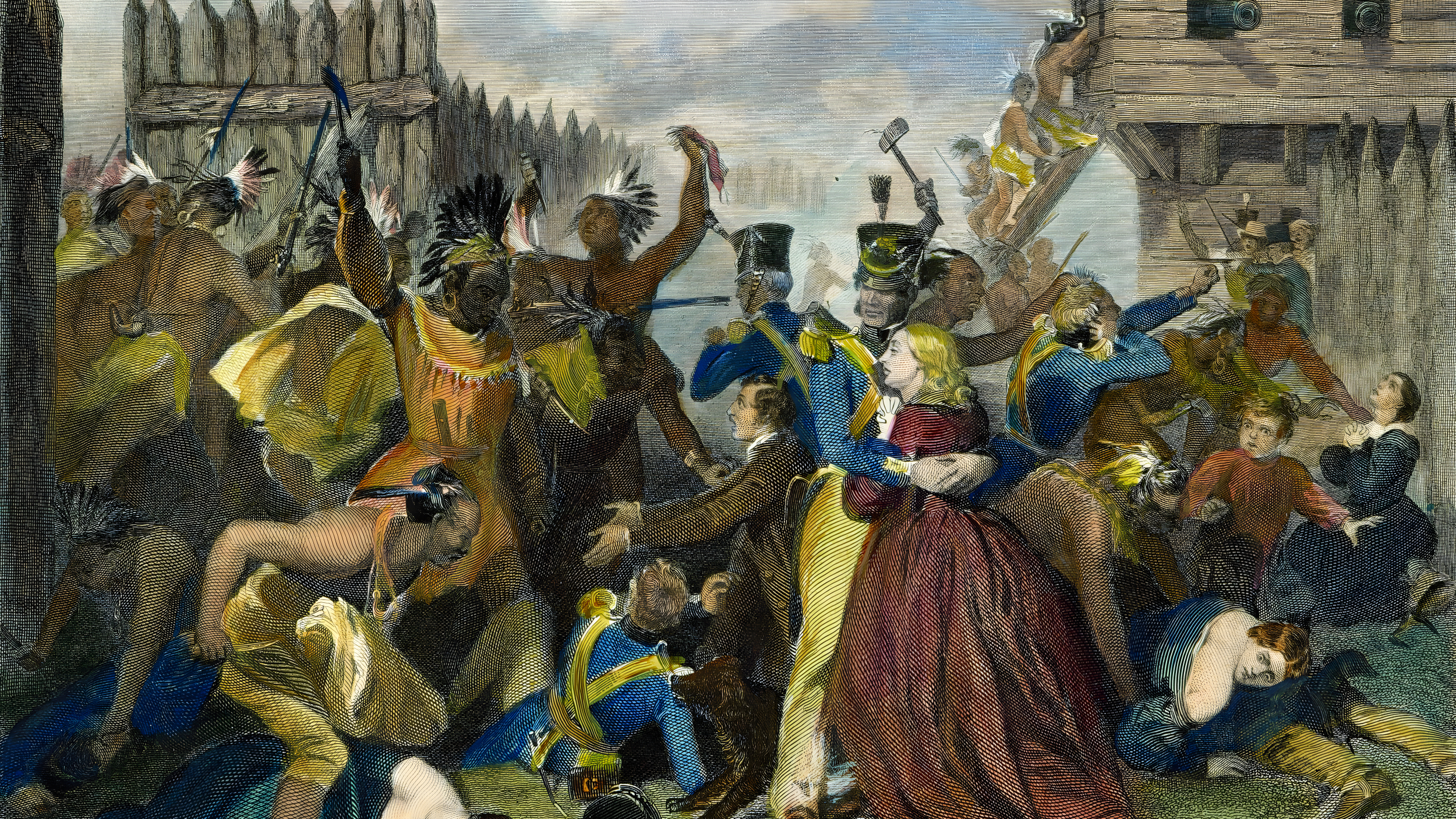
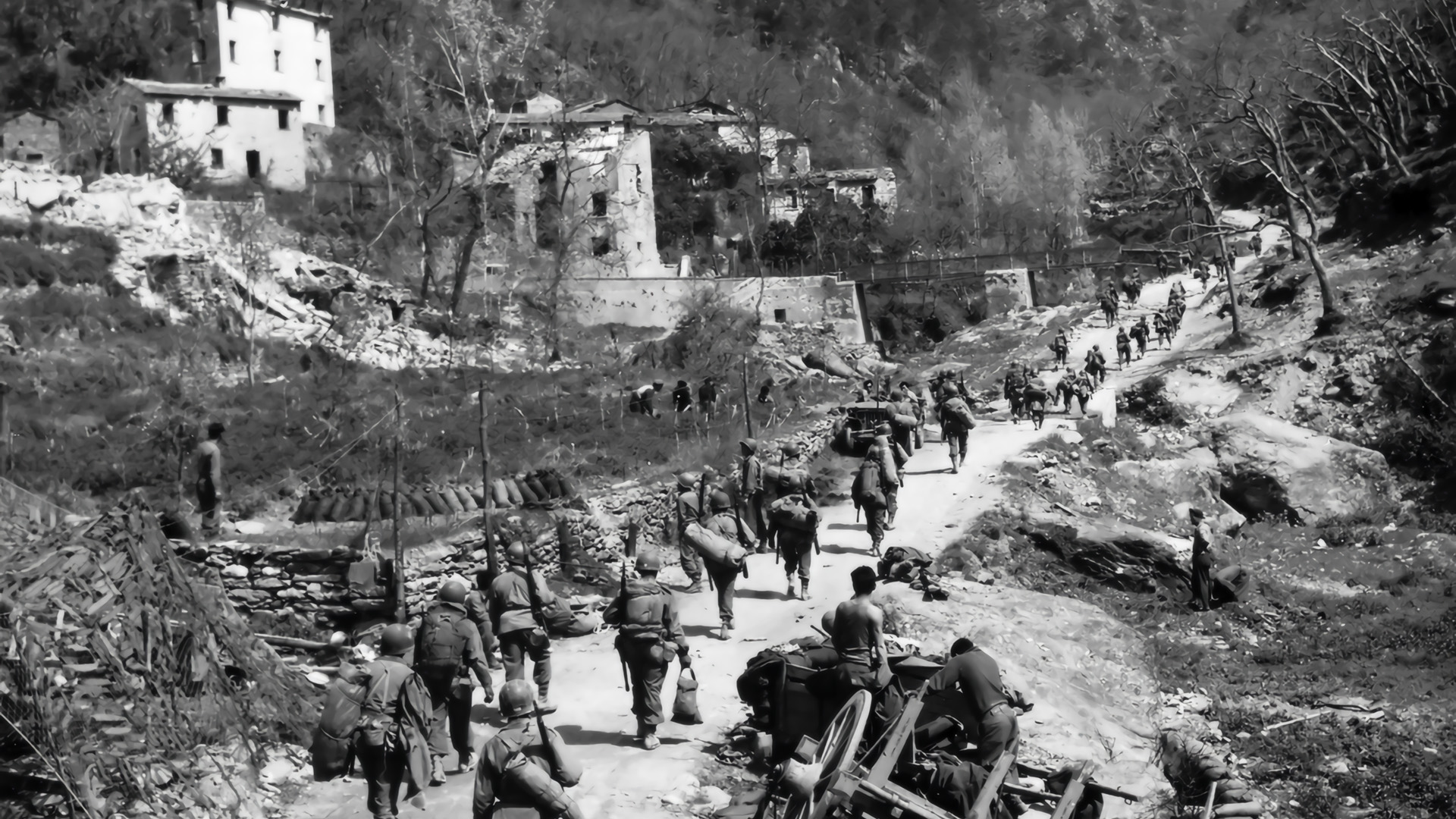
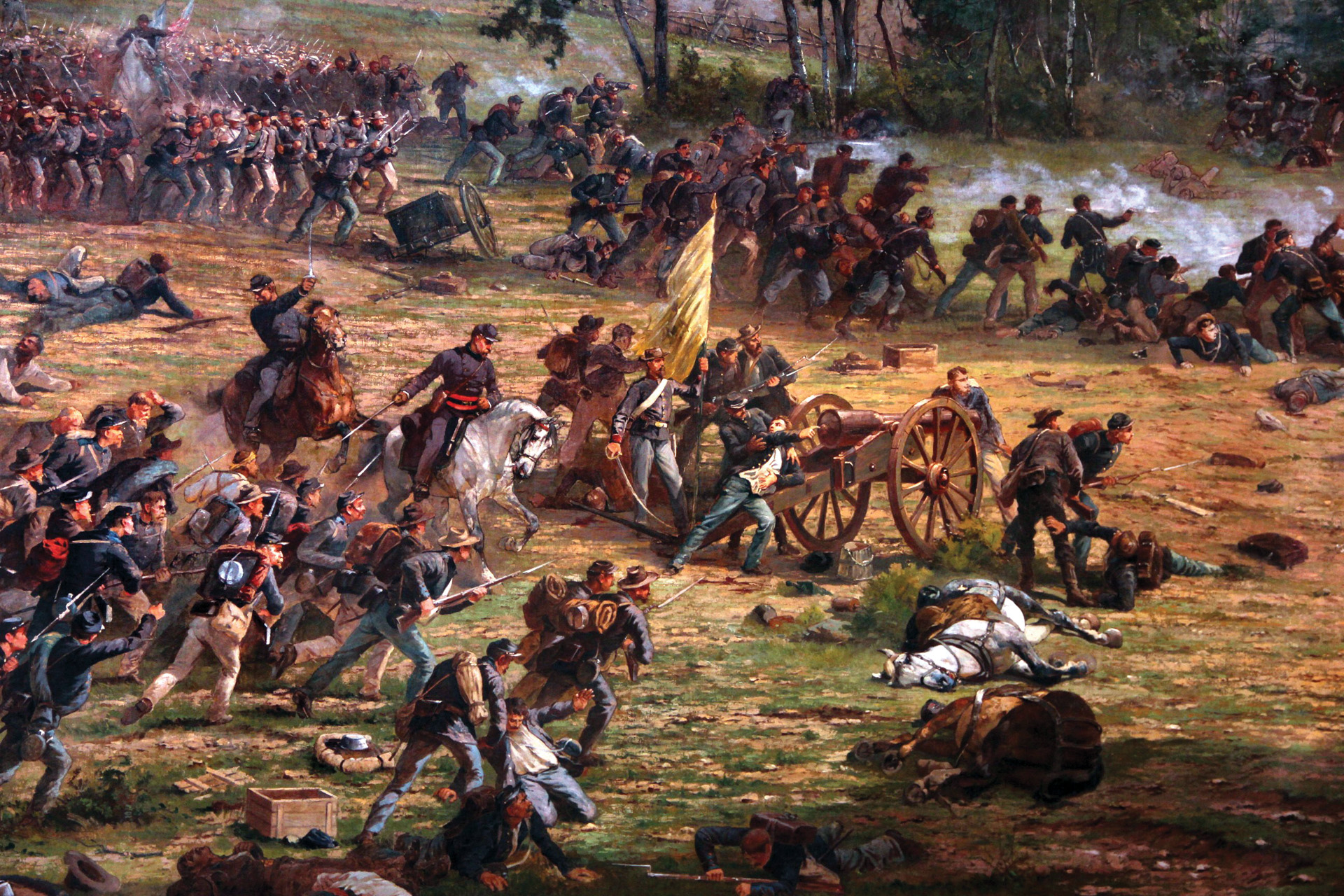
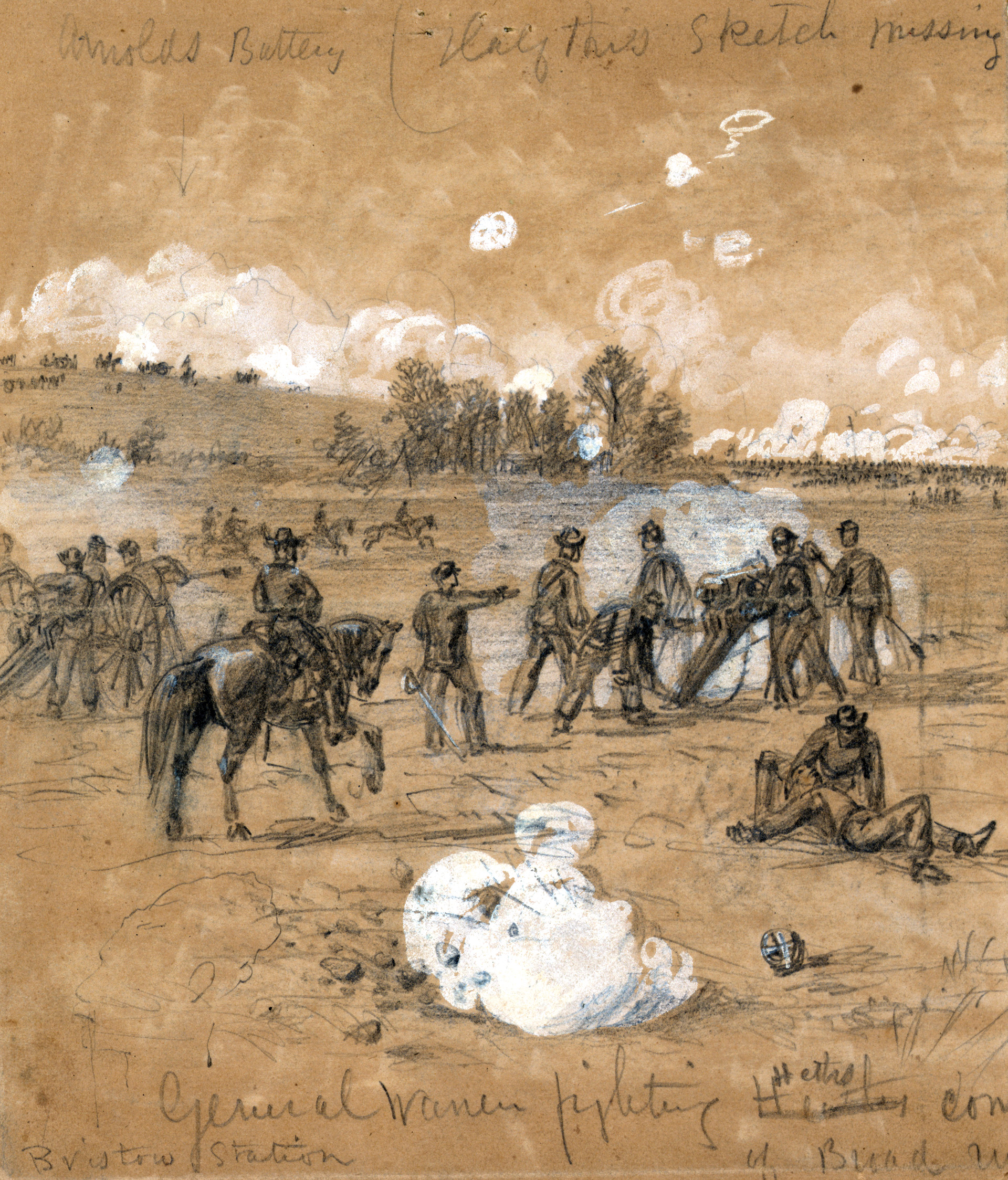
Join The Conversation
Comments
View All Comments